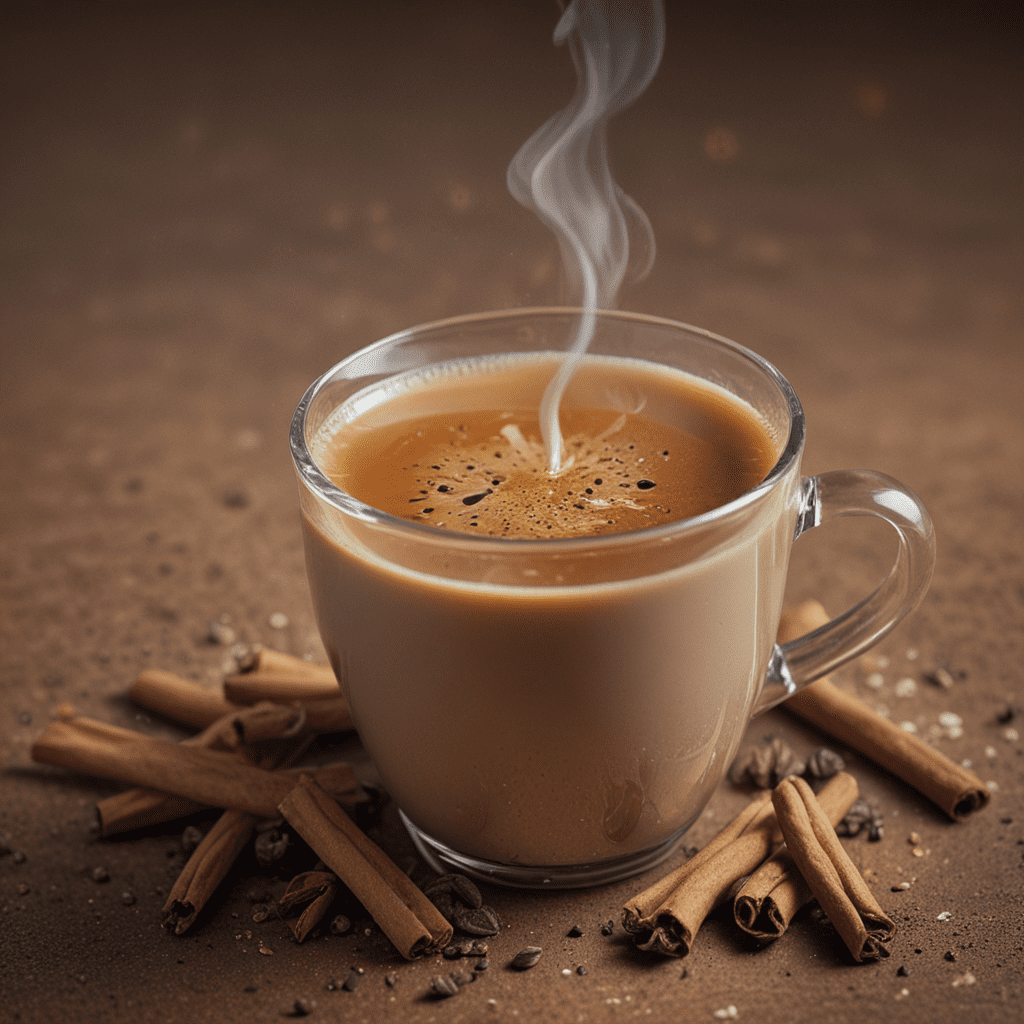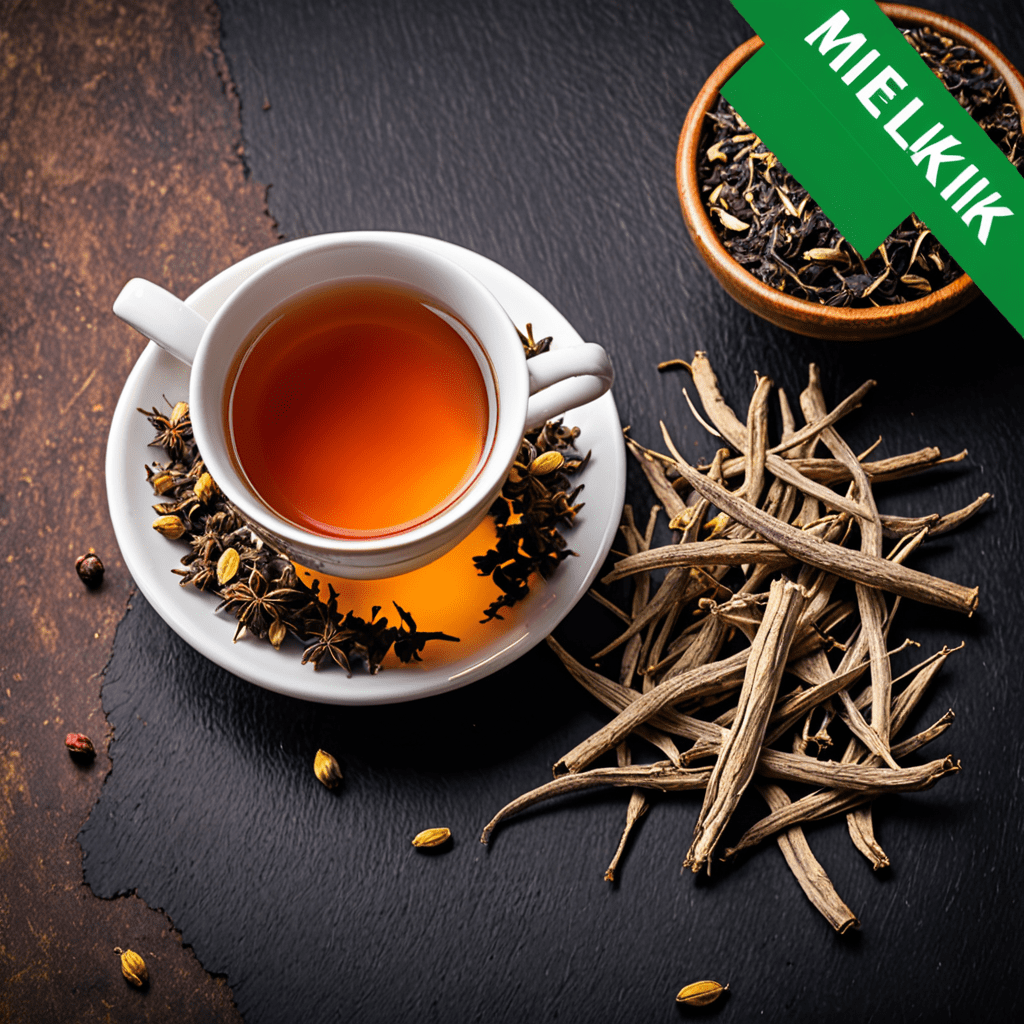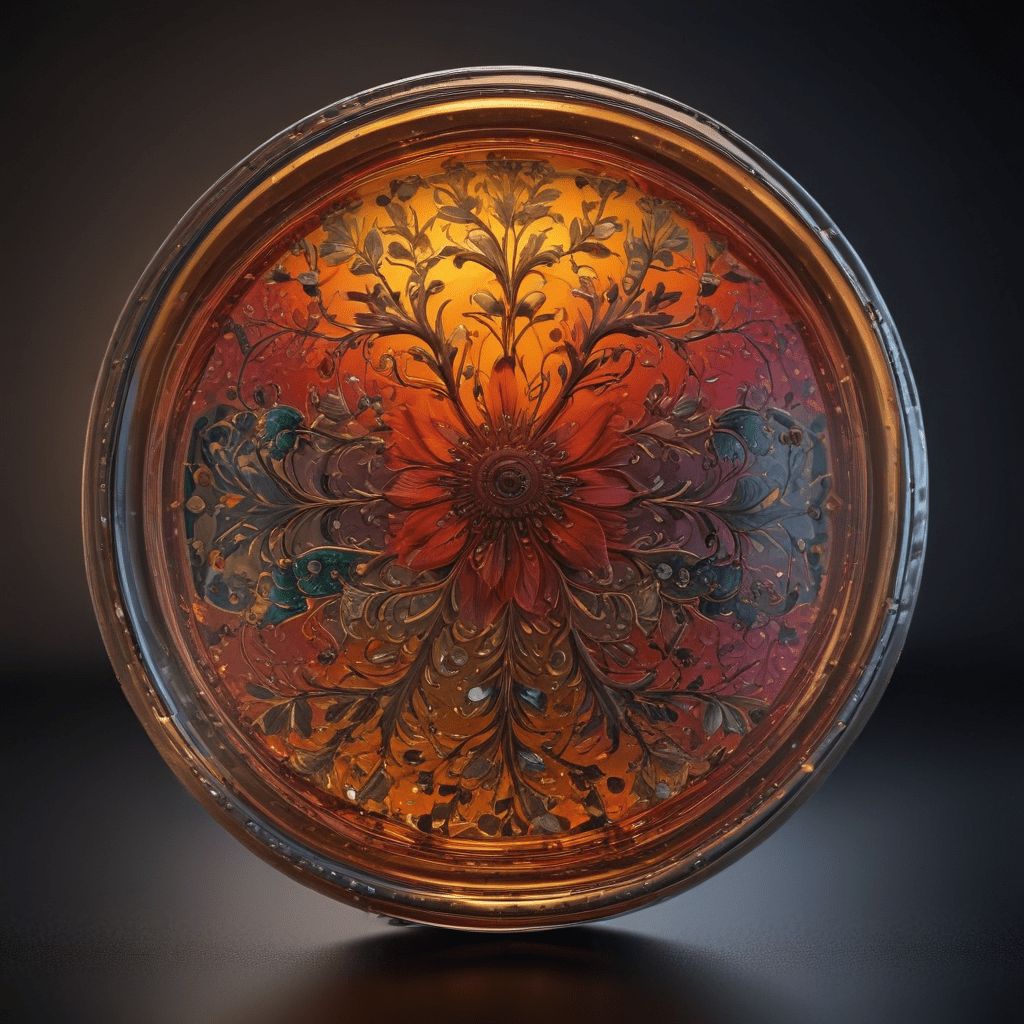1. Introduction
Chai tea, a beverage originating from the Indian subcontinent, has gained immense popularity worldwide. Known for its aromatic blend of spices and black tea, chai has evolved into a diverse drink with unique variations across different cultures. Embark on a journey to explore the enchanting world of chai tea and its captivating regional flavors.
2. Origins and History of Chai Tea
Chai tea traces its roots back to the ancient Ayurvedic tradition of India. Originally known as "masala chai," it was a concoction of black tea, milk, sugar, and a blend of aromatic spices. Over centuries, chai tea spread throughout the world, becoming an integral part of many cultures and evolving into distinct regional variations.
3. Traditional Indian Chai
In India, chai tea is a beloved beverage enjoyed throughout the day. The traditional Indian chai is typically made with a strong black tea, such as Assam or Darjeeling, blended with milk, sugar, and a rich blend of spices. The spices used vary regionally, but commonly include ginger, cardamom, cinnamon, and cloves. The resulting beverage is a warm, comforting, and flavorful drink that embodies the essence of Indian hospitality.
4. Pakistani Masala Chai
Pakistani masala chai is a robust and flavorful variation of the traditional Indian chai. It is characterized by the addition of green cardamom pods, which impart a distinctive aroma and a slightly bitter flavor. Pakistani masala chai is often served with a generous sprinkling of chopped almonds or pistachios, adding a touch of texture and nutty flavor to the beverage. It is a popular drink enjoyed both in Pakistan and among Pakistani communities worldwide.
5. Arab Chai
Arab chai, also known as "karak chai," is a popular variation of chai tea found in the Arabian Peninsula. It is typically made with a strong black tea, such as Earl Grey or Ceylon, and blended with milk, sugar, and a blend of spices that may include cardamom, cinnamon, cloves, and saffron. Arab chai is often served in small cups and is known for its intense flavor and slightly salty taste, which is said to enhance its thirst-quenching properties.
6. Tibetan Butter Tea
Tibetan butter tea, known as "po cha" or "cha süma," is a unique and flavorful variation of chai tea found in the high-altitude regions of the Tibetan Plateau. It is made with a blend of black tea, yak butter, salt, and water. The tea is churned vigorously, creating a frothy and creamy beverage. Tibetan butter tea is high in calories and fat, making it an important source of sustenance in the harsh Tibetan climate.
7. Kashmiri Pink Chai
Kashmiri pink chai, also known as "noon chai," is a beautiful and aromatic variation of chai tea from the Kashmir region of India. It is made with a blend of green tea, milk, sugar, and a distinctive pink color derived from the addition of baking soda. The baking soda reacts with the tea to create a vibrant pink hue and a slightly alkaline flavor. Kashmiri pink chai is known for its delicate taste and is often served as an accompaniment to traditional Kashmiri cuisine.
8. Iranian Chai
Iranian chai, also known as "chai siyah," is a popular beverage in Iran. It is made with a blend of black tea, sugar, and water, and is typically served in small glass cups. Iranian chai is often brewed very strong and is known for its intense flavor. It is a common accompaniment to Iranian pastries and sweets, and is also enjoyed as a standalone beverage.
9. Moroccan Mint Tea
Moroccan mint tea, also known as "atay bi naana," is a refreshing and aromatic variation of chai tea from Morocco. It is made with a blend of green tea, fresh mint leaves, and sugar. The tea is typically served in small glass cups and is often accompanied by Moroccan pastries or cookies. Moroccan mint tea is known for its cooling and invigorating properties, and is a symbol of Moroccan hospitality.
10. Conclusion
The world of chai tea is a diverse and enchanting tapestry of flavors and traditions. From the traditional Indian chai to the unique Tibetan butter tea, each variation reflects the cultural heritage and culinary preferences of its region. Whether enjoyed as a warm and comforting beverage or as a refreshing accompaniment to meals, chai tea continues to captivate taste buds and bring people together.
FAQs
Q: What is the difference between chai tea and regular black tea?
A: Chai tea is a blend of black tea, milk, sugar, and spices, while regular black tea is simply brewed black tea leaves.
Q: What spices are typically used in chai tea?
A: Common spices used in chai tea include ginger, cardamom, cinnamon, and cloves.
Q: How do I make chai tea at home?
A: To make chai tea at home, simply combine black tea, milk, sugar, and your desired spices in a pot and bring to a boil. Reduce heat and simmer for 5-10 minutes, or until the tea is flavorful and aromatic.
Q: Can I make chai tea without milk?
A: Yes, you can make chai tea without milk by using water or a plant-based milk alternative such as almond milk or oat milk.
Q: What is the best way to store chai tea?
A: Chai tea can be stored in an airtight container at room temperature for up to 2 weeks.



